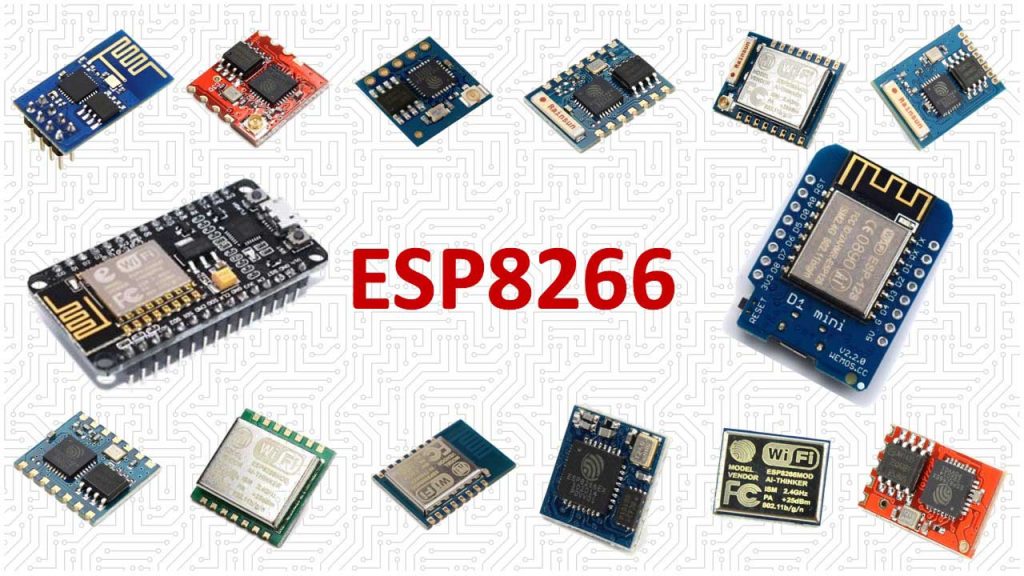Eis Rtms Software Download

The Remote Traffic Microwave Sensor (RTMS) is a low-cost advanced sensor for. Of applications, using simple intuitive software running on a Notebook PC.
Traffic Reporter The Traffic Reporter™ is a speedy, reliable and cost-effective solution for both permanent and temporary counting needs. Fitting any road type, Traffic Reporter can simultaneously time-stamp and store traffic data from up to 8 lanes of traffic, in their internal memory and transmit it to the central PC via wireless modems.

Its central PC software can be prescheduled to automatically download stored data from hundreds of remote RTMS® stations via modems, and generate reports in user-defined formats in batch mode. Applications • Permanent counting stations • Temporary (spot) counting • Electronic Toll Collection (ETC) audit counting Features • Accurate all-weather per-lane measurement • Measures volume, occupancy, speed, 6 length classifications • Simultaneous coverage of up to 8 lanes in side-fired configuration • High memory capacity of up to 40 weeks of data • User-friendly data retrieval: direct or by dial-up/cellular modem • Central office PC software automatically downloads data from hundreds of stations • Automatic report generation in user-defined format.
1997–October 2004, FujiGen, 'F' + 7 digits Eight characters F YY ##### single letter ( F) 2-digit number 5-digit number Example: (March 1999) • F = manufactured by in Nagano • YY = last two digits of year (e.g.  08=2008) • ##### = consecutive production number for the year Number also indicates month of manufacture, with the sequence incrementing to the next multiple of 5,000 each month, as follows: • 0 = January • 0 = February • 0 = March • 0 = April • 0 = May • 0 = June • 0 = July • 0 = August • 0 = September • 0 = October • 0 = November • 0 = December It's unclear whether this numbering convention is rigidly enforced, that is, each month actually starts out with the number prescribed above, or if this is just a way to estimate the production month. Note: as of November 2004, the serial number represents not necessarily the year the instrument was produced but rather the model year to which the instrument belongs. What is known is that this rubric is used by Ibanez to set the production date for warranty claims. It has long been Ibanez's practice to begin production for the subsequent model year in November (or even late October), but the serial numbering change that was implemented in November 2004 acknowledged and formalized this practice.
08=2008) • ##### = consecutive production number for the year Number also indicates month of manufacture, with the sequence incrementing to the next multiple of 5,000 each month, as follows: • 0 = January • 0 = February • 0 = March • 0 = April • 0 = May • 0 = June • 0 = July • 0 = August • 0 = September • 0 = October • 0 = November • 0 = December It's unclear whether this numbering convention is rigidly enforced, that is, each month actually starts out with the number prescribed above, or if this is just a way to estimate the production month. Note: as of November 2004, the serial number represents not necessarily the year the instrument was produced but rather the model year to which the instrument belongs. What is known is that this rubric is used by Ibanez to set the production date for warranty claims. It has long been Ibanez's practice to begin production for the subsequent model year in November (or even late October), but the serial numbering change that was implemented in November 2004 acknowledged and formalized this practice.